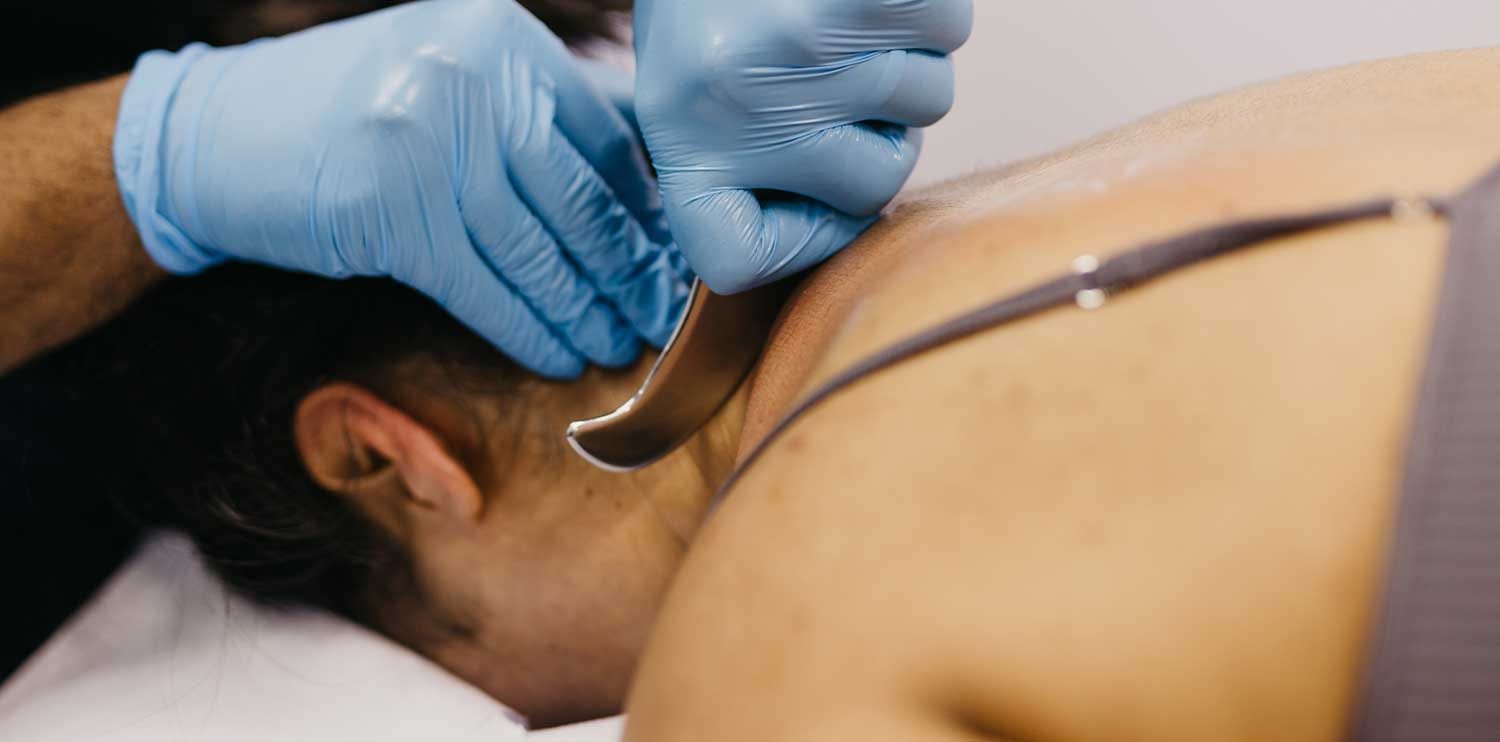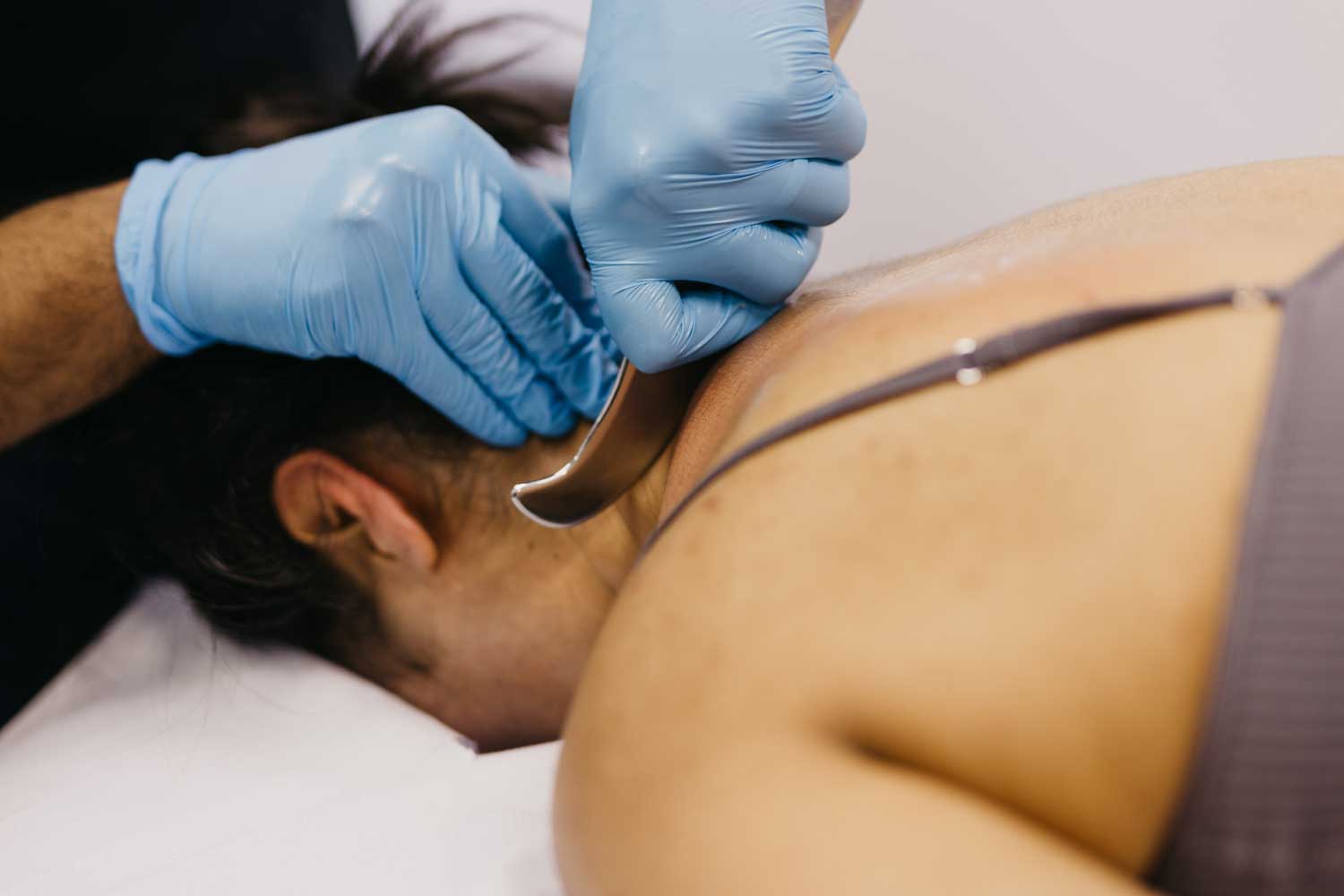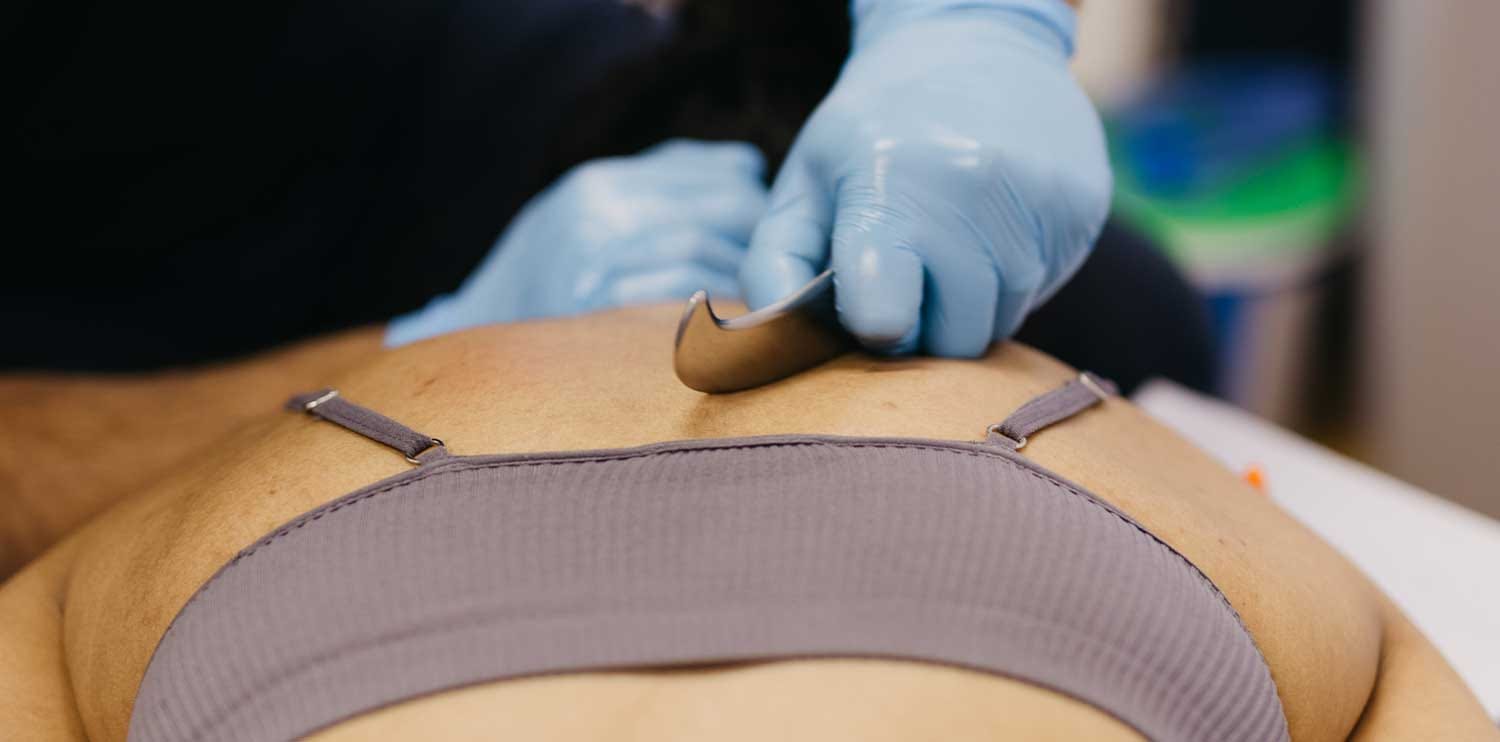Discover how instrument-assisted therapy works to boost healing and circulation: evidence-based insights, UK guidelines, and MHV’s professional osteopathy equipment.

Instrument-Assisted Soft Tissue Mobilization (IASTM) has rapidly gained traction in osteopathic practice as an effective method for addressing soft tissue restrictions, enhancing healing, and improving circulation. As patients increasingly seek evidence-based care, osteopaths must demonstrate how their interventions align with recognised guidelines and robust clinical studies. Consequently, this article explores how instrument-assisted therapy works, delving into its biomechanical underpinnings, its physiological effects on blood flow and tissue repair, and the high-quality professional equipment used at MHV Osteopathy. Moreover, we reference key UK guidance from the Advertising Standards Authority (ASA) and the National Institute for Health and Care Excellence (NICE) to ensure all claims are compliant and well-substantiated.
Instrument Assisted Soft Tissue Mobilisation (IASTM) refers to a group of manual therapy techniques that utilise specialised stainless-steel instruments to apply controlled microtrauma to soft tissues. By gliding these instruments along muscle fibers, fascial planes, and tendons, osteopaths can detect areas of adhesion, scar tissue, and fascial restrictions that may not be evident through palpation alone. Furthermore, the rigidity and ergonomic design of the tools allow for targeted pressure, which can be more consistent and less fatiguing for practitioners than hands-only massage.
To understand how instrument-assisted therapy works, it is essential to examine the biomechanical interactions at the tissue level:
Collectively, these processes facilitate improved tissue flexibility, reduced pain, and accelerated healing when combined with a comprehensive osteopathic treatment plan.
One of the most widely recognised benefits of IASTM is its capacity to enhance local blood flow. By repeatedly gliding the instrument over hypoxic or fibrotic regions, the technique:
According to the ASA, osteopaths may accurately claim to treat “circulatory problems” and “joint pains” when supported by evidence. Consequently, IASTM’s circulatory enhancement is well aligned with accepted osteopathic practice.

Numerous peer-reviewed studies have evaluated IASTM’s efficacy:
Furthermore, NICE NG59 recommends “manual therapy … such as soft tissue techniques” as part of a multimodal treatment programme for low back pain, in conjunction with exercise and/or cognitive approaches https://www.nice.org.uk/guidance/ng59/chapter/Recommendations NICE. These guidelines reinforce the role of IASTM within evidence-based osteopathic care.
At MHV Osteopathy, we employ state-of-the-art IASTM instruments that exceed standard clinical requirements:
By utilising professional-grade equipment and adhering to rigorous safety protocols, MHV ensures that each session is both practical and secure.
Effective osteopathic treatment extends beyond the application of instruments. To maximise outcomes:
Consequently, IASTM functions as one component within a holistic osteopathic framework.

While IASTM is generally well tolerated, patient safety remains paramount. Contraindications include:
Moreover, practitioners must continuously monitor patient comfort and tissue response, adjusting pressure and tool angle accordingly. In this manner, MHV Osteopathy upholds the highest standards of care and aligns with the ASA’s requirements for responsible advertising and safe practice.
Patients often report:
Case studies at MHV demonstrate that individuals with chronic neck pain, rotator cuff tendinopathy, and IT-band syndrome achieved significant improvements in pain scores and activity levels within five to eight sessions of IASTM-integrated osteopathic care.
Instrument Assisted Soft Tissue Mobilisation is a scientifically grounded modality that can significantly bolster healing and circulation when delivered by skilled osteopaths. By understanding how instrument-assisted therapy works, clinicians can effectively target soft tissue restrictions, stimulate microcirculation and promote healing, and enhance vascular responses. Furthermore, adhering to UK guidance from the ASA and NICE, and utilizing MHV’s professional-grade equipment, ensures that all treatments are both compliant and of the highest quality. Whether you are experiencing postural strain, chronic muscle tension, or sports-related injuries, IASTM within an osteopathic framework provides a safe and evidence-based path to improved function and well-being.
References: